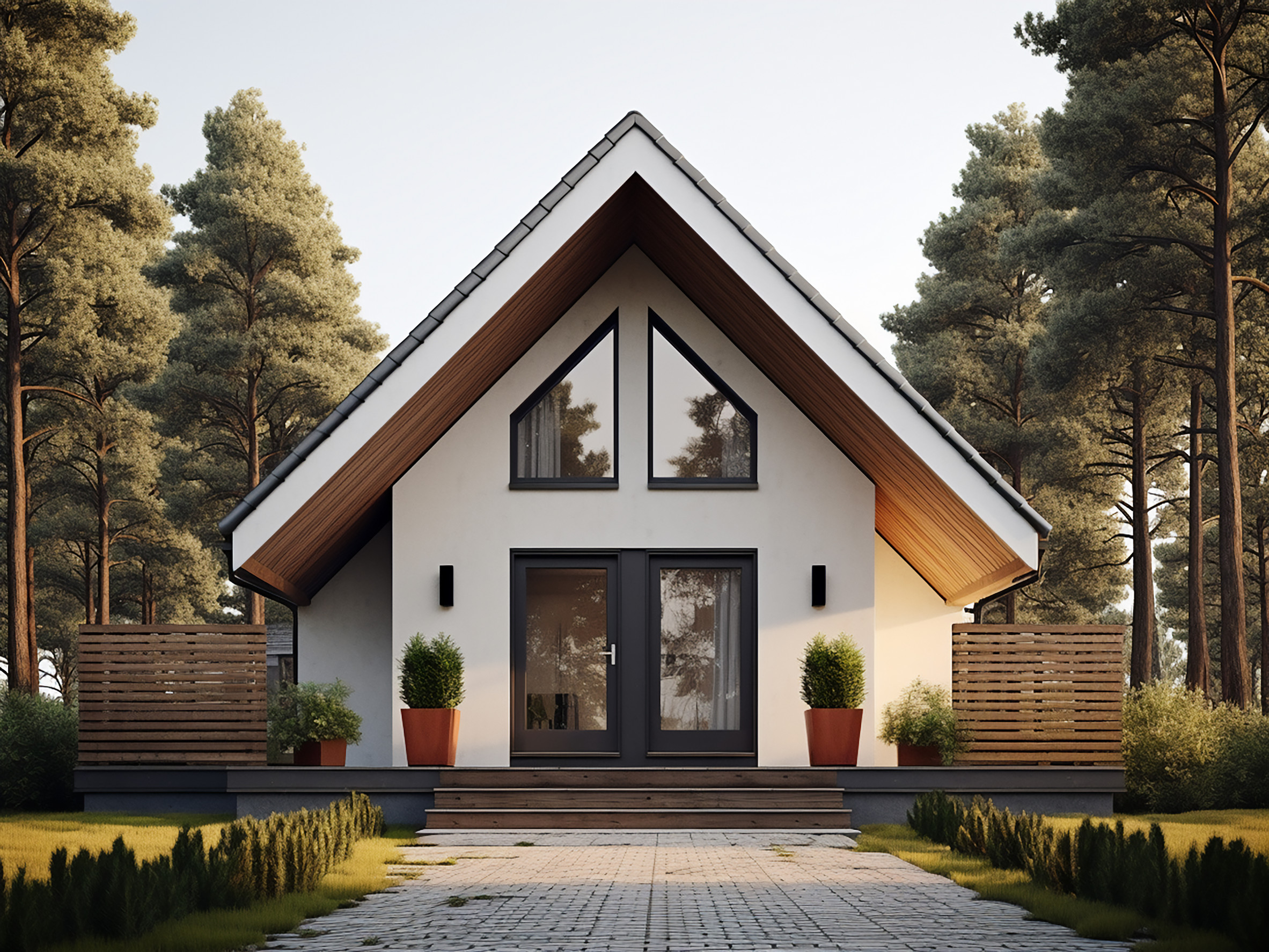
Siding serves as the protective shell of your home, shielding it from the elements while contributing significantly to its overall appearance. Beyond aesthetics, the right siding can enhance energy efficiency, reduce maintenance requirements, and increase property value. With numerous materials and styles available, homeowners are presented with a variety of options to suit their specific needs and preferences.
Each siding material offers distinct advantages and considerations. Here’s an overview of some common options:
Vinyl siding is renowned for its durability, low maintenance, and cost-effectiveness. It resists moisture, pests, and fading, making it a popular choice for many homeowners. Available in a wide range of colors and styles, vinyl siding can mimic the appearance of wood without the associated upkeep.
This variation of vinyl siding includes a layer of foam insulation, enhancing energy efficiency by reducing thermal bridging. It helps maintain consistent indoor temperatures, potentially lowering heating and cooling costs.
Composed of cement, sand, and cellulose fibers, fiber cement siding offers exceptional durability and resistance to fire, termites, and rot. It can replicate the look of wood, stucco, or masonry, providing versatility in design. However, it requires periodic painting and may be more labor-intensive to install.
Wood siding provides a classic, natural appearance that many homeowners find appealing. While it offers excellent insulation properties, it demands regular maintenance, including painting or staining, to protect against moisture and pests.
Engineered wood siding combines the aesthetics of natural wood with enhanced durability. Manufactured from wood fibers and resins, it resists moisture, decay, and insects better than traditional wood, often at a lower cost.
Selecting the right siding involves evaluating various factors:
Beyond material, the style of siding can significantly influence your home’s exterior appearance:
Selecting a style that aligns with your home’s architecture enhances its visual appeal and can contribute to increased property value.
Modern siding options can contribute to your home’s energy efficiency:
Additionally, consider the environmental impact of your siding choice:
Proper installation is critical to the performance and longevity of your siding. Engaging experienced professionals ensures adherence to manufacturer guidelines and local building codes. Additionally, inquire about warranties that cover materials and workmanship, providing peace of mind and protection for your investment.
Choosing the right siding involves balancing aesthetics, durability, maintenance, and energy efficiency. By understanding the characteristics of various materials and styles, homeowners can make informed decisions that enhance their property’s appearance and performance.
National Association of Home Builders | NAHB
For more information or to discuss your siding options, please contact us at:
https://northedgeexteriors.com